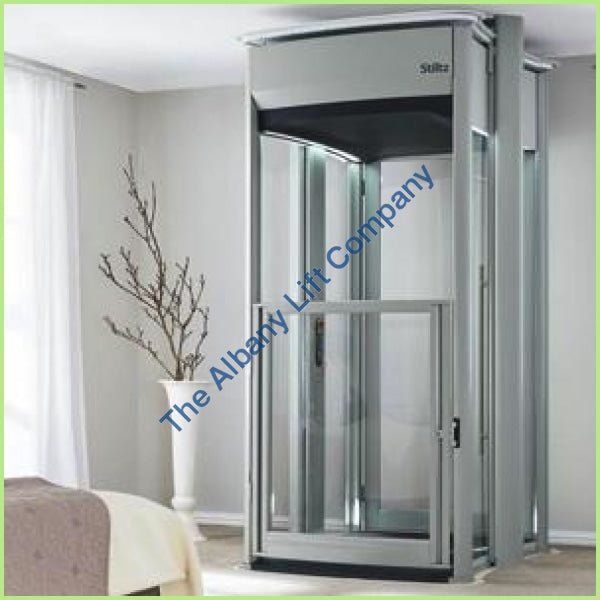We Maintain Lifts with Precision: Ensuring Safety and Efficiency
We Maintain Lifts with Precision: Ensuring Safety and Efficiency
Blog Article
Looking Into the World of Lifts: Typical Concerns Faced by Various Lift Mechanisms
As we browse via the vertical transport systems of contemporary structures, elevators attract attention as an indispensable element of our every day lives. However, behind their smooth operation exists a world of detailed mechanisms that can often come across challenges. From hydraulic lifts to grip systems and machine-room-less styles, each lift type features its set of common problems. Recognizing these challenges is essential for making certain the smooth performance of these important systems. Allow's discover the intricacies that underlie the operation of lifts and the potential concerns that can develop, clarifying the intricate web of lift mechanisms.
Hydraulic Elevators
Hydraulic elevators, typically preferred for low-rise buildings, make use of fluid stress to regulate the motion of the lift automobile (lift repair companies). This system entails a hydraulic pump pushing oil into a cyndrical tube, creating the lift to relocate the preferred direction. While hydraulic elevators are recognized for their silent and smooth operation, they do include their very own set of usual concerns
One widespread problem with hydraulic elevators is oil leakage. The seals in the hydraulic system can break gradually, causing oil seepage. This not just develops a mess but can additionally affect the lift's efficiency if left unaddressed. Furthermore, issues with the control system, such as malfunctioning valves or a malfunctioning pump, can trigger interruptions in the lift's activity.
Normal maintenance and punctual repair work are crucial to ensure the smooth performance of hydraulic elevators. By attending to these common issues proactively, building proprietors can reduce downtime and make sure the safety and security and efficiency of their vertical transportation system.
Grip Elevators
When considering vertical transport systems in structures, one more common kind apart from hydraulic elevators is the traction lift. Traction elevators run utilizing a system of ropes and weights that move the elevator cars and truck by gripping onto the hoist ropes. This system allows for smoother and faster vertical transport contrasted to hydraulic systems.
Among the typical concerns dealt with by grip lifts is rope wear. The consistent motion of the ropes within the traction system can result in tear and wear over time, possibly causing the elevator to malfunction or become harmful for usage. Regular inspections and maintenance of the ropes are vital to ensure the lift's correct functioning and security.
One more concern that traction lifts may encounter is associated with the control system. Troubles with the control system can bring about issues such as erratic activity, hold-ups in action times, and even full shutdowns. Regular testing and upkeep of the control system are essential to protect against such problems and make sure the lift's dependability.
Machine-Room-Less (MRL) Lifts

Among the crucial components of MRL elevators is the compact gearless traction equipment that is installed blog here within the hoistway. This maker effectively drives the elevator vehicle without the demand for bulky devices located in typical grip lifts. In addition, MRL elevators generally make use of a weight system to balance the vehicle, more boosting their power effectiveness.
Regardless of their benefits, MRL elevators might deal with obstacles connected to maintenance and repair because of the confined area for equipment setup. Availability for servicing components within the shaft can be restricted, calling for specialized training for professionals. Correct maintenance schedules and regular inspections are crucial to guarantee the continued smooth operation of MRL lifts.
Overloading and Weight Limitation Issues
Overwhelming and weight restriction issues are crucial concerns in lift operations. Elevator producers layout raises with specific weight abilities to guarantee traveler safety and tools longevity.
When elevators are overloaded, it puts extreme pressure on the motor, cables, and various other components, possibly creating breakdowns or malfunctions. If they spot excess weight, safety and security systems such as sensors and overload sensing units are in place to prevent lifts from moving. Furthermore, exceeding weight restrictions can bring about enhanced power intake and wear and tear on the lift system.
To minimize overwhelming concerns, developing supervisors should prominently show weight restrictions in lifts and educate passengers on the value of sticking to these limitations - lift repair companies. Regular maintenance checks by qualified service technicians can also help make certain that lifts are running within secure weight specifications. By dealing with overloading and weight limitation issues proactively, building owners can improve elevator safety and performance
Electrical System Failures
Surpassing weight restrictions in lifts can not just lead to mechanical concerns yet additionally possibly contribute to electric system failures within the lift facilities. Electric system failures are a crucial worry in elevator procedure, as they can create unanticipated closures, malfunctions, or also safety hazards.
Normal maintenance and evaluations are crucial to determine and resolve prospective electrical problems promptly, ensuring the effective and safe operation of lift systems. By adhering to weight limitations and performing regular electrical system checks, structure proprietors can minimize the threat of electrical failures in elevators.
Final Thought

Hydraulic elevators, commonly favored for low-rise buildings, make use of fluid pressure to my review here manage the movement of the elevator automobile.When taking into consideration vertical transport systems in buildings, another common type aside from hydraulic elevators is the grip lift. Grip lifts operate using a system of ropes and counterweights that relocate the lift car by clutching onto the hoist ropes. Unlike conventional elevators that call for helpful hints a different machine area to house the tools, MRL elevators integrate many of the elements within the shaft, eliminating the need for a specialized equipment space.In final thought, lifts face usual issues such as hydraulic breakdowns, grip system failures, and electric system issues.
Report this page